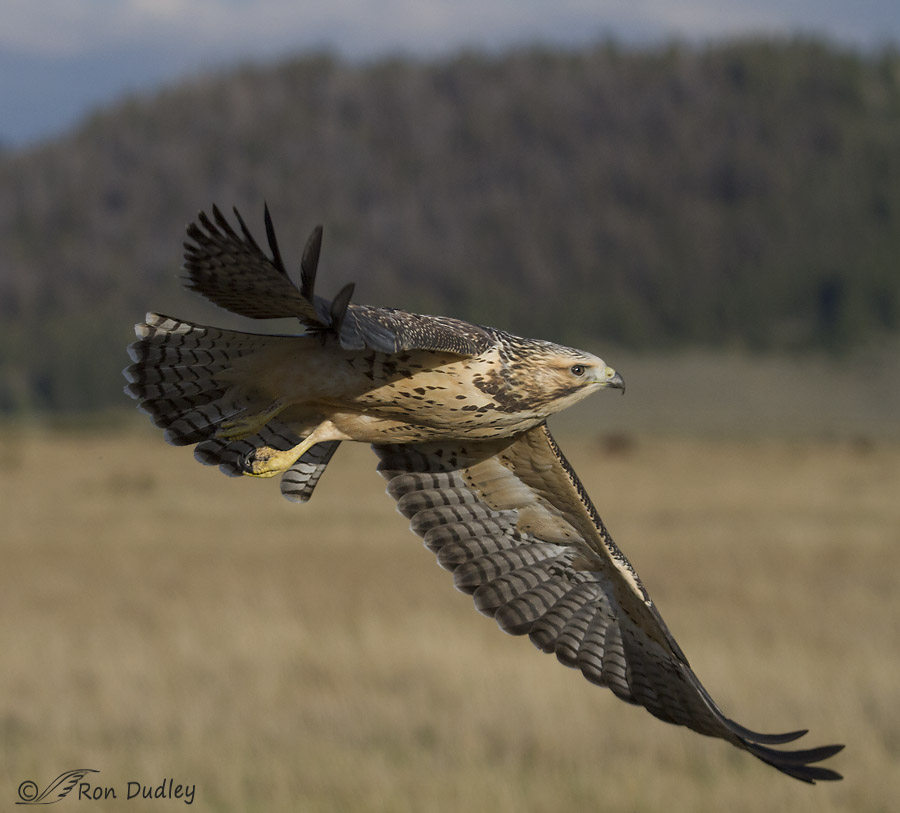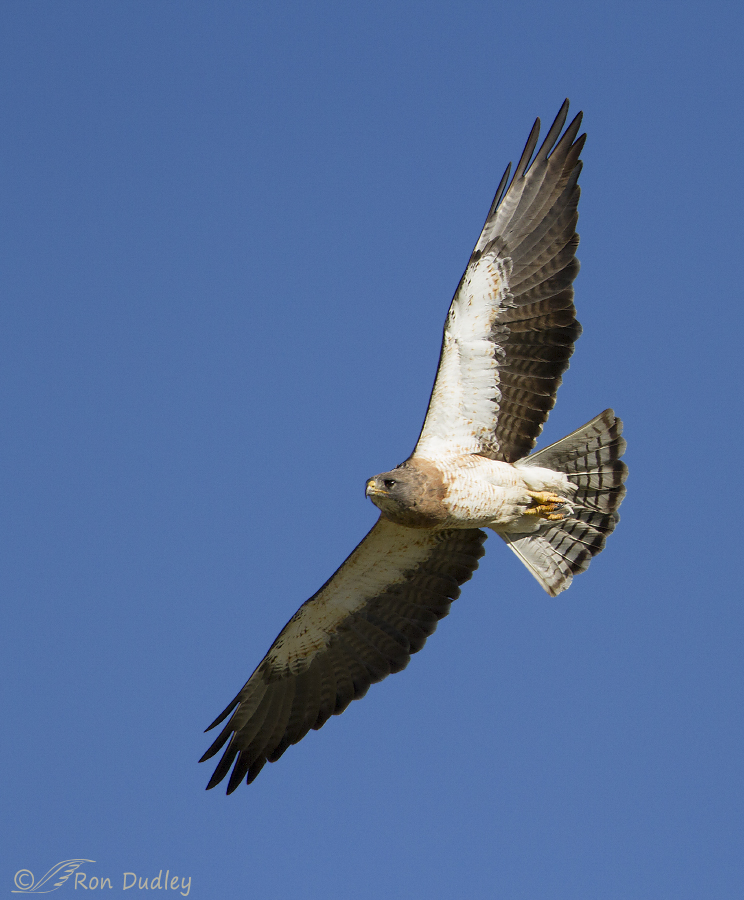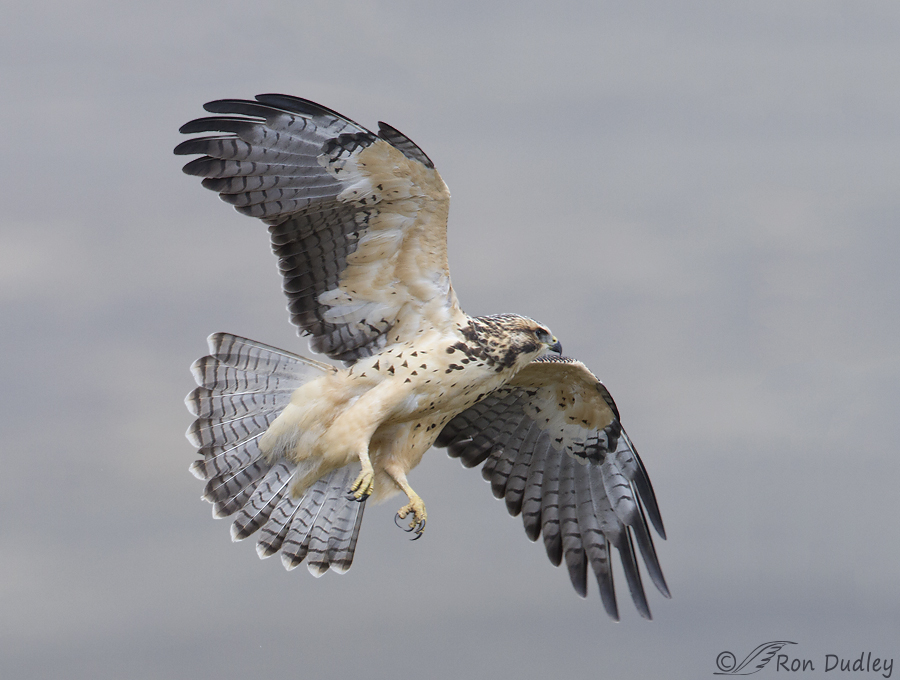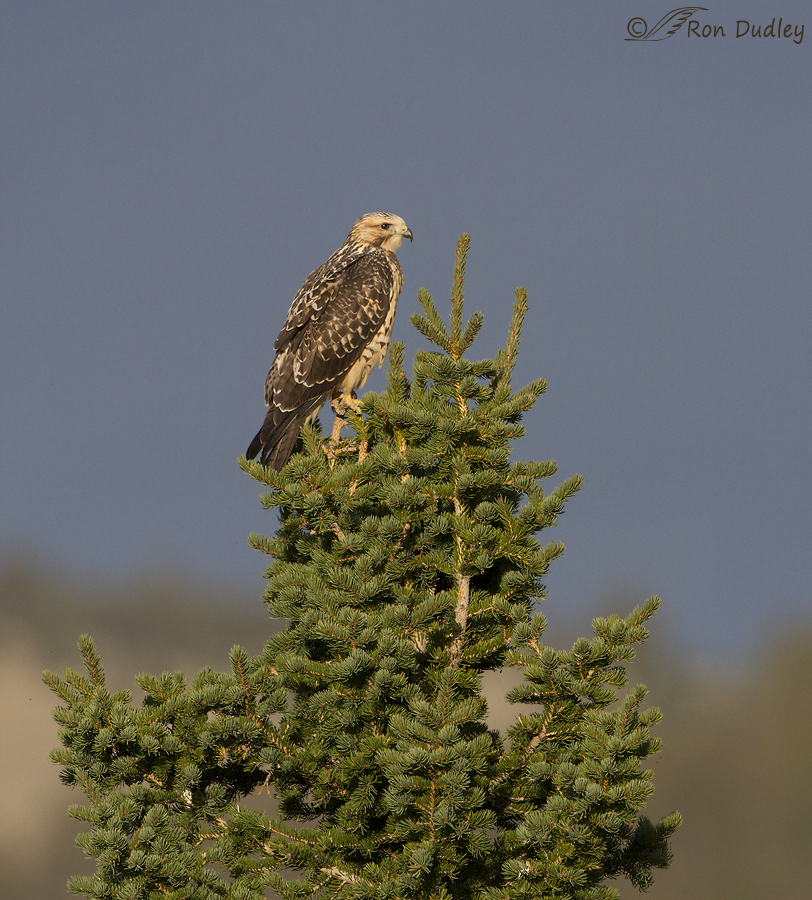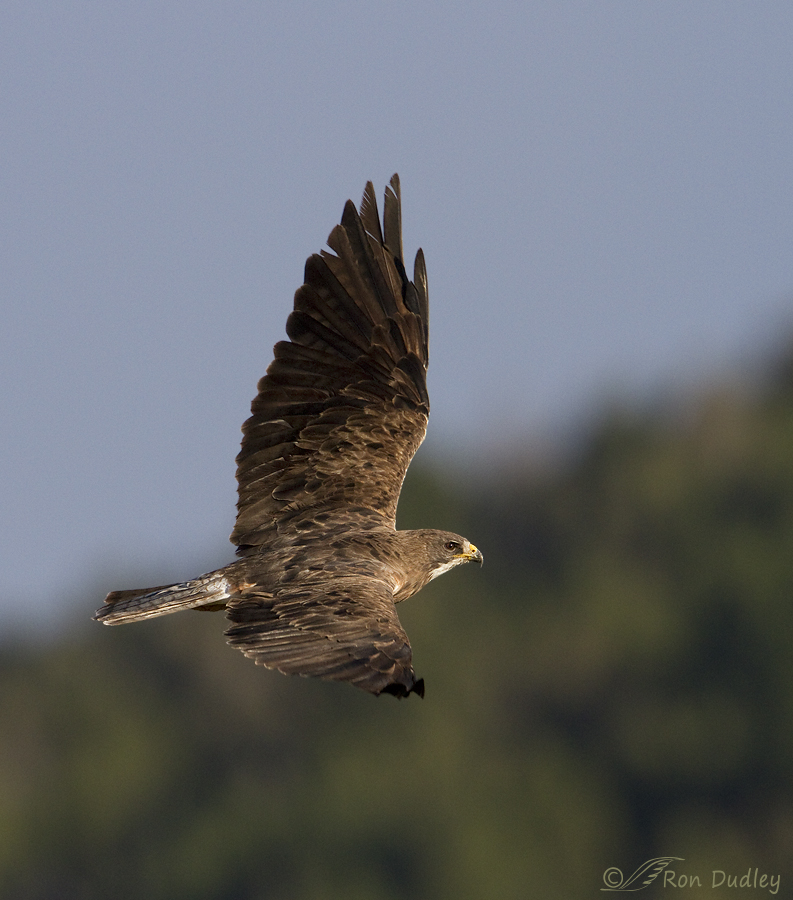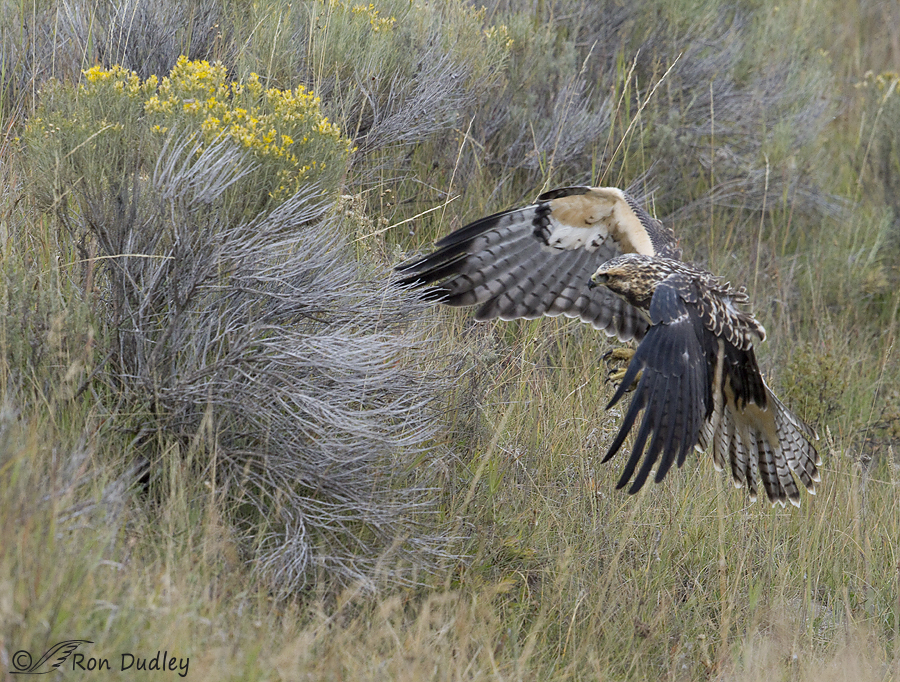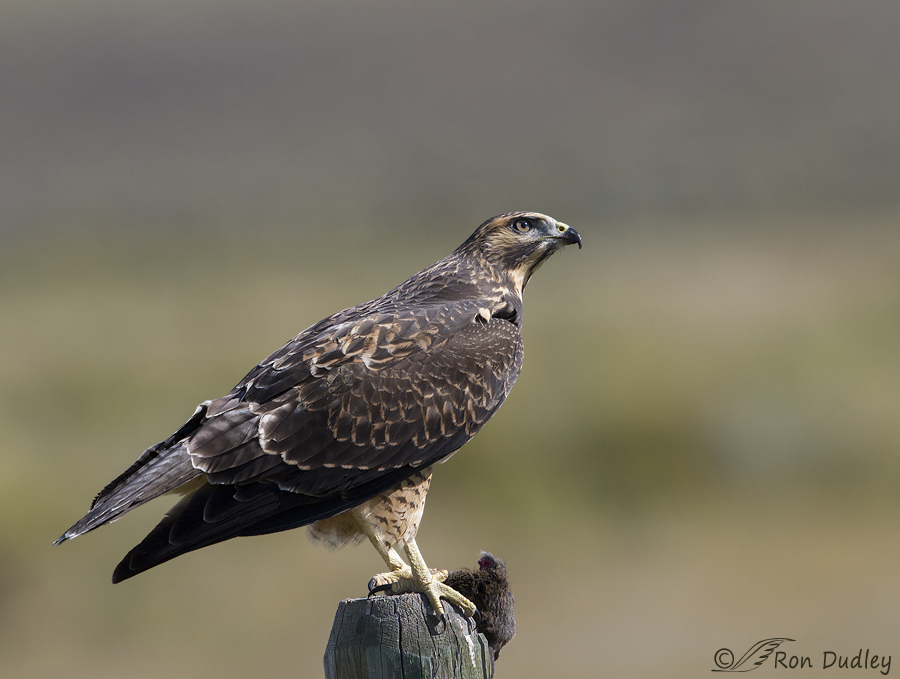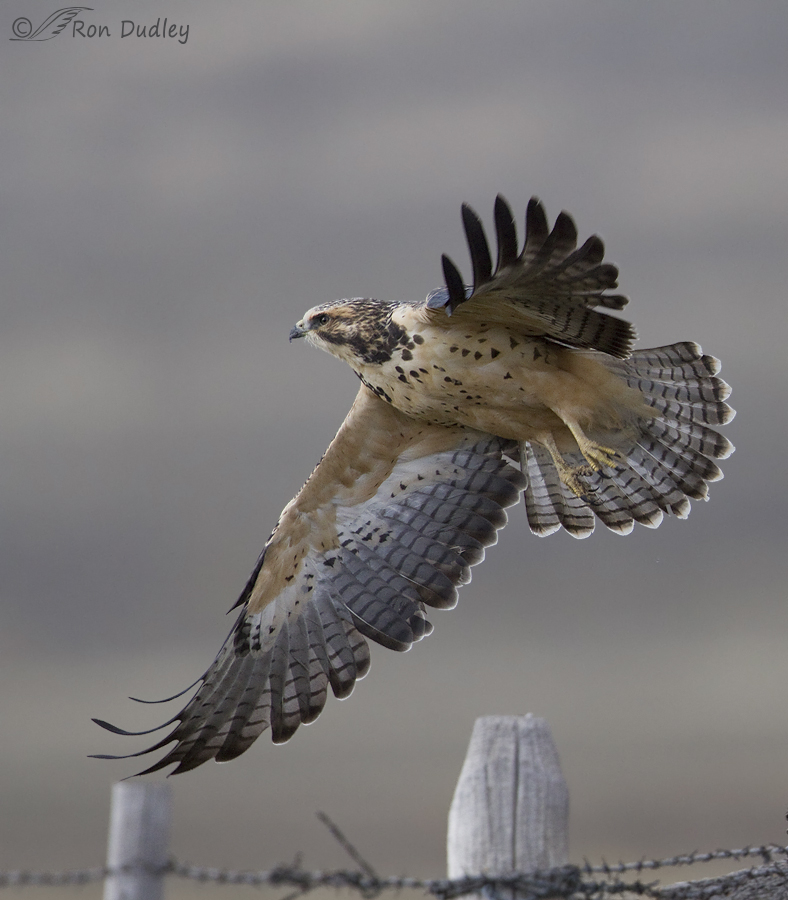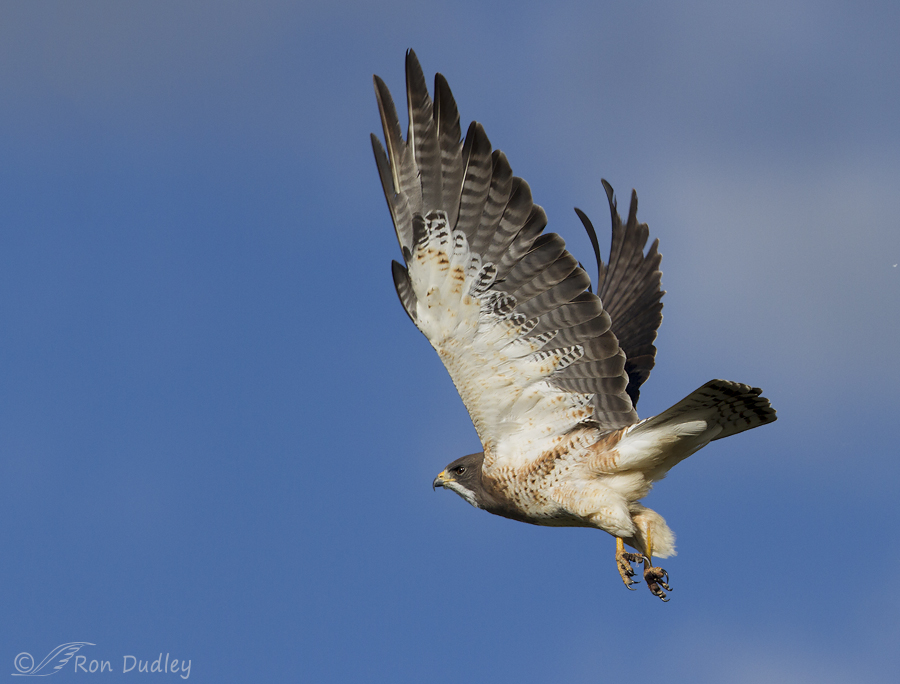Tag: buteo swainsoni
Curious Swainson’s Hawk Checking Me Out In Flight
Juvenile Swainson’s Hawk Presenting Its Best Side In Flight
The Evolution Of A Nest Tree Over Three Summers
Adult Swainson’s Hawk In Flight
Swainson’s Hawk Face-plant Into Rabbitbrush
Yet Another Reason For Photographing Raptors When The Sun Is Low
Swainson’s Hawk In Flight In Low Light
Juvenile Swainson’s Hawk Take-off
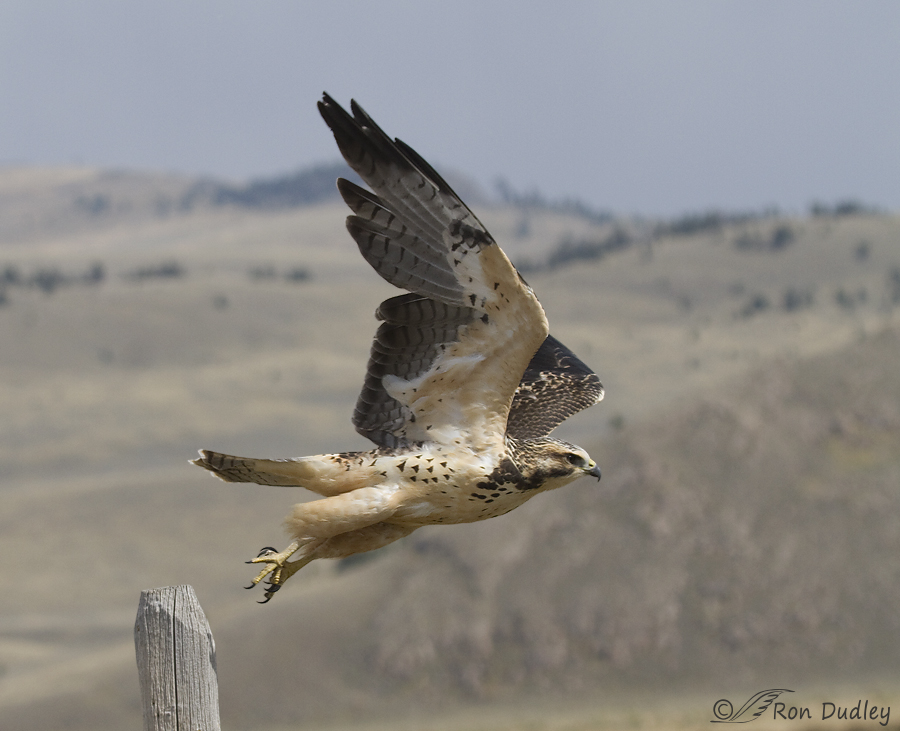
In my experience there’s a huge range in the approachability of juvenile raptors, even among siblings. And overall, Swainson’s Hawks seem to be the most approachable of all. This variability was demonstrated during our trip to Montana’s Centennial Valley last week and once again it made me nervous for the safety of the bird.
Swainson’s Hawk Underwing Plumage Patterns
Swainson’s Hawk In Flight
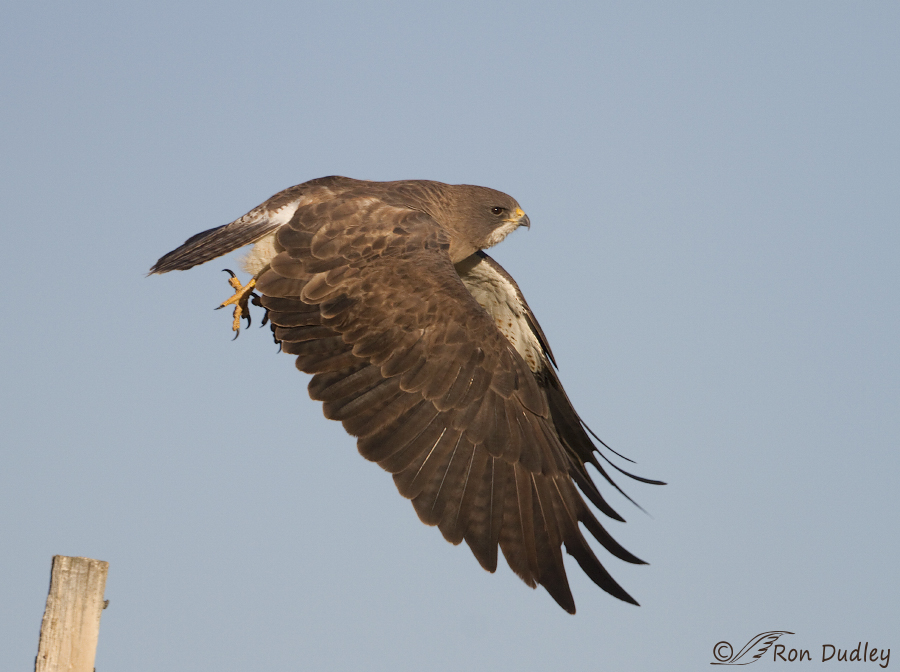
This is the time of year that Swainson’s Hawks usually begin to converge on the Centennial Valley to feast on grasshoppers and believe me the area produces grasshoppers in abundance – probably more of them than I’ve ever seen elsewhere (and I grew up on a Montana farm where grasshoppers were unfortunately one of our most successful crops).
Dark Morph Swainson’s Hawk Taking Off From A Hilltop
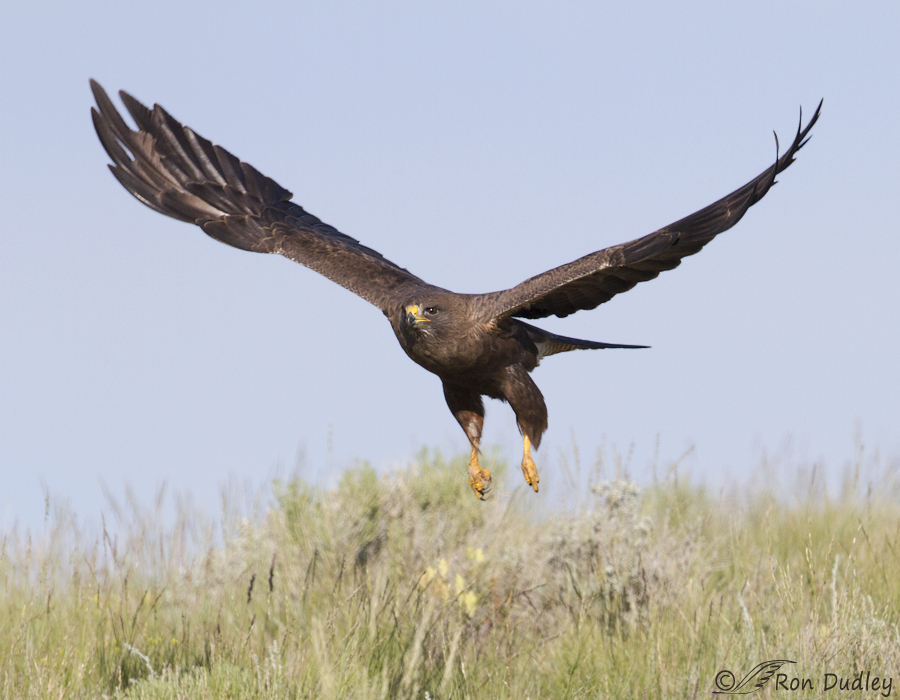
On the mornings when we leave Montana’s Centennial Valley the 27 miles of dirt road until we hit pavement are always a little depressing because we’re so reluctant to leave that wonderful place. But occasionally our melancholy is assuaged and our spirits lifted by birds and other wildlife we see on the way out.
Red-tailed Hawk Attacked By A Swainson’s Hawk
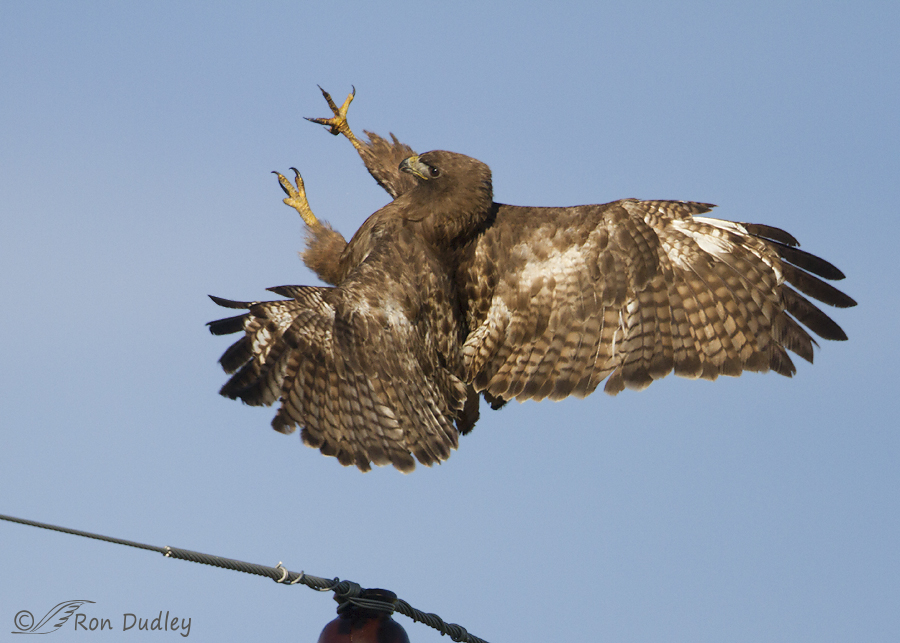
The Centennial Valley had one more surprise in store as we left for home last Thursday morning. Photographing birds and other wildlife along the 27 mile long dirt road while I’m pulling the camping trailer is always awkward but the road is typically deserted that time of day and we’ve come up with something special more than once on the way out.
Two Recent Swainson’s Hawks
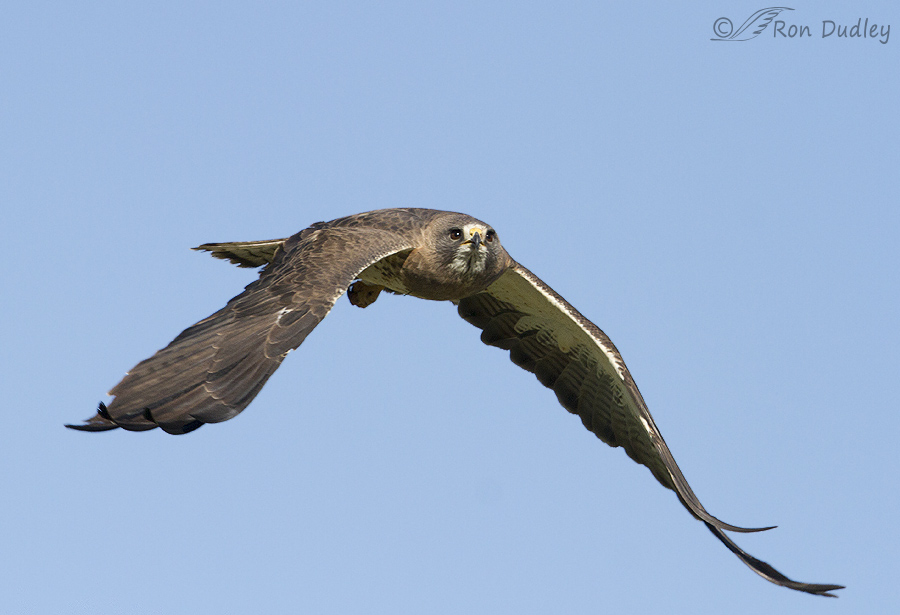
So far this year Swainson’s Hawk populations seem to be a little spotty. I’m finding them in normal concentrations in some areas but in others where there’s been good numbers of them in the past they seem to be rare or nonexistent. I’m not really alarmed about it, rather I suspect this is just one more example of localized bird numbers being difficult to predict.
Swainson’s Hawks – Antipicating Their Arrival
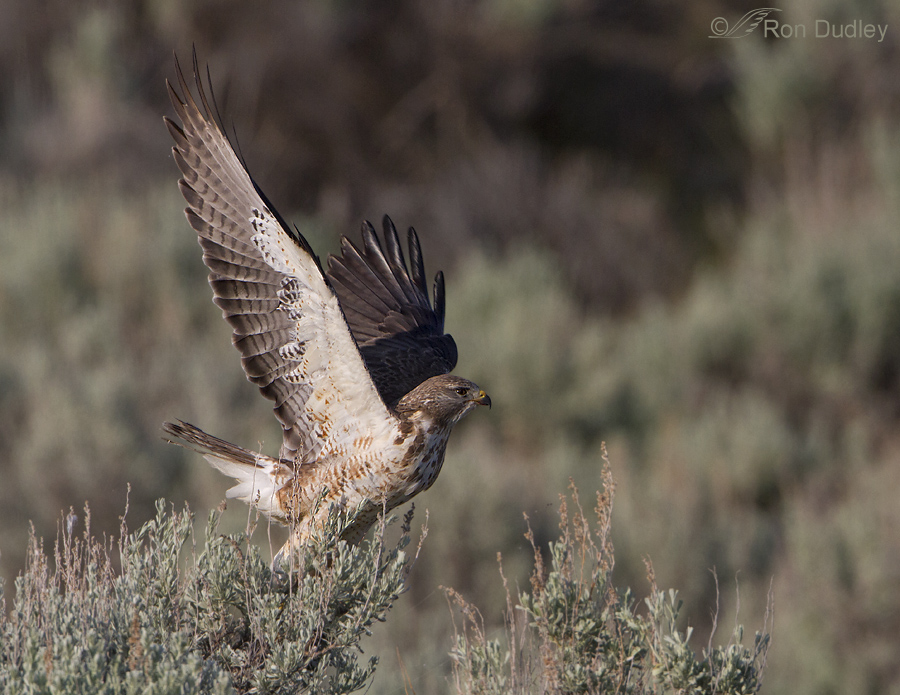
Swainson’s Hawks have been absent from North America for many months. They winter in the pampas of South America and their breeding ground is the temperate zone of North America which means their annual migratory round trip is a long one – roughly 12,000 miles (among raptors only the Arctic Peregrine Falcon migrates further).
Curious Swainson’s Hawk Checking Me Out In Flight
Juvenile Swainson’s Hawk Presenting Its Best Side In Flight
The Evolution Of A Nest Tree Over Three Summers
Adult Swainson’s Hawk In Flight
Swainson’s Hawk Face-plant Into Rabbitbrush
Yet Another Reason For Photographing Raptors When The Sun Is Low
Swainson’s Hawk In Flight In Low Light
Juvenile Swainson’s Hawk Take-off

In my experience there’s a huge range in the approachability of juvenile raptors, even among siblings. And overall, Swainson’s Hawks seem to be the most approachable of all. This variability was demonstrated during our trip to Montana’s Centennial Valley last week and once again it made me nervous for the safety of the bird.
Swainson’s Hawk Underwing Plumage Patterns
Swainson’s Hawk In Flight

This is the time of year that Swainson’s Hawks usually begin to converge on the Centennial Valley to feast on grasshoppers and believe me the area produces grasshoppers in abundance – probably more of them than I’ve ever seen elsewhere (and I grew up on a Montana farm where grasshoppers were unfortunately one of our most successful crops).
Dark Morph Swainson’s Hawk Taking Off From A Hilltop

On the mornings when we leave Montana’s Centennial Valley the 27 miles of dirt road until we hit pavement are always a little depressing because we’re so reluctant to leave that wonderful place. But occasionally our melancholy is assuaged and our spirits lifted by birds and other wildlife we see on the way out.
Red-tailed Hawk Attacked By A Swainson’s Hawk

The Centennial Valley had one more surprise in store as we left for home last Thursday morning. Photographing birds and other wildlife along the 27 mile long dirt road while I’m pulling the camping trailer is always awkward but the road is typically deserted that time of day and we’ve come up with something special more than once on the way out.
Two Recent Swainson’s Hawks

So far this year Swainson’s Hawk populations seem to be a little spotty. I’m finding them in normal concentrations in some areas but in others where there’s been good numbers of them in the past they seem to be rare or nonexistent. I’m not really alarmed about it, rather I suspect this is just one more example of localized bird numbers being difficult to predict.
Swainson’s Hawks – Antipicating Their Arrival

Swainson’s Hawks have been absent from North America for many months. They winter in the pampas of South America and their breeding ground is the temperate zone of North America which means their annual migratory round trip is a long one – roughly 12,000 miles (among raptors only the Arctic Peregrine Falcon migrates further).


